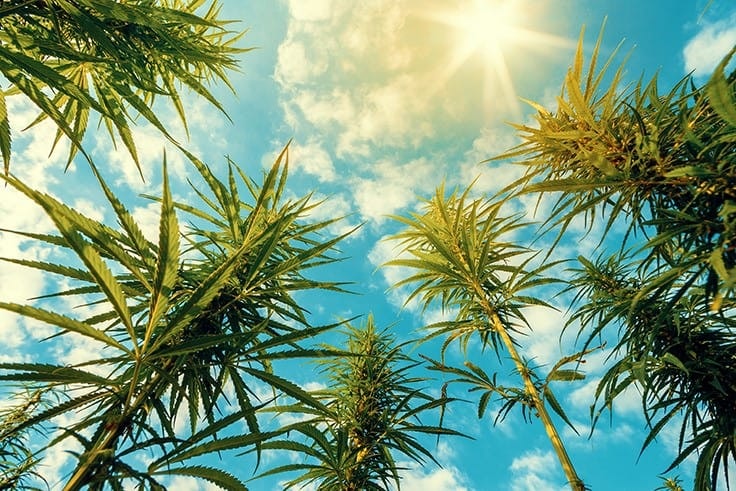xtsho
Well-known member
I found this to be an interesting article. Maybe others will as well if they haven't read it. I pasted a few snippets I think are relavent to this conversation.
Mojave Richmond & Robert C. Clarke
"Through the movements of humans and the exchange of seeds, the genomes of landrace populations came to contain a plethora of potentially favorable traits. As early Western sinsemilla farmers/breeders procured seeds of landrace varieties from around the world-most often contained within illicit marijuana flowers smuggled from such far-flung places as Afghanistan, Thailand, Colombia, Jamaica and Mexico-they selected the most favorable traits from the populations they grew, and thereby exerted new evolutionary pressures. By the late 1970s and early 1980s, some sinsemilla breeders across North America were essentially creating their own “landraces” adapted to local outdoor conditions. "
"In today’s global market, “clone-only” sinsemilla varieties carpet the world, thereby spreading a lack of genetic diversity while engendering a myriad of potential agricultural problems in terms of susceptibility to disease and intolerance to imposed environmental stresses."
"The interconnectivity of our global world coupled with the mass dispersal of limited gene pools have clearly decimated the localized combinations of genetic diversity once present in the global Cannabis landrace gene pool. "

 www.cannabisbusinesstimes.com
www.cannabisbusinesstimes.com
Cannabis Landraces: Past, Present and Future?
As the industry advances commercial cannabis production, some landrace varieties are in danger of becoming extinct.Mojave Richmond & Robert C. Clarke
"Through the movements of humans and the exchange of seeds, the genomes of landrace populations came to contain a plethora of potentially favorable traits. As early Western sinsemilla farmers/breeders procured seeds of landrace varieties from around the world-most often contained within illicit marijuana flowers smuggled from such far-flung places as Afghanistan, Thailand, Colombia, Jamaica and Mexico-they selected the most favorable traits from the populations they grew, and thereby exerted new evolutionary pressures. By the late 1970s and early 1980s, some sinsemilla breeders across North America were essentially creating their own “landraces” adapted to local outdoor conditions. "
"In today’s global market, “clone-only” sinsemilla varieties carpet the world, thereby spreading a lack of genetic diversity while engendering a myriad of potential agricultural problems in terms of susceptibility to disease and intolerance to imposed environmental stresses."
"The interconnectivity of our global world coupled with the mass dispersal of limited gene pools have clearly decimated the localized combinations of genetic diversity once present in the global Cannabis landrace gene pool. "

Cannabis Landraces: Past, Present and Future?
As the industry advances commercial cannabis production, some landrace varieties are in danger of becoming extinct.


